Voting rights in India: How the country arrived at the concept of universal suffrage
In British India, the voting rights were confined to certain eligibility criteria like property ownership, land ownership, payment of income and municipal tax.
- Universal voting rights were practiced in 1951-52
- Women were not given much rights before 1947
Trending Photos
) Image: Photodivision.gov.in/Shared by hauser-quaid on Reddit
Image: Photodivision.gov.in/Shared by hauser-quaid on Reddit The first general elections of 1951 were, in a way, the announcement of India’s arrival to the world map. It was just the beginning of the process of India becoming the real flag-bearer of the democratic values, not just in South Asia but the globe.
However, the process through which India reached there wasn’t easy.
Till 1946, the total voting percentage of the India natives was far less than its actual population.
The Indian Councils Act 1901 led to the Morley-Minto Reforms and paved the way for some legislative changes. Very few privileged ones were given the right to select their representative. Nevertheless, it was a start.
(Image: Photodivision.gov.in/Shared by hauser-quaid on Reddit)
Bigger changes happened after the Government of India Act 1919. The government functioning wad divided into two bodies--the council of State and the Central Legislative Assembly—following the idea and pattern of the Upper and Lower House.
The voting rights were confined to certain eligibility criteria like property ownership, land ownership, payment of income and municipal tax. This helped the landowners and people with sizeable balance to keep the power under their check.
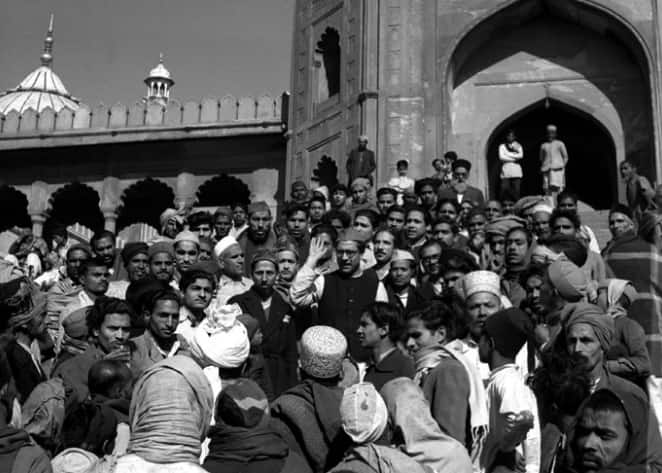
(Image: Photodivision.gov.in/Shared by hauser-quaid on Reddit)
Shivangini Tandon, Assistant Professor, Aligarh Muslim University, says, “The movement to women’s right to vote started under the British rule and some women were able to vote following the reforms passed by the British government in the 1920s. But the universal suffrage came into play only after India gained freedom and the Indian constitution was enforced in the 1950s.”
She adds, “There are debates about the fact whether the constitution came into effect from January 26, 1950 or not! It happened only after the elections of 1951-52 when these rights came into full practice. This also included the right to contest elections. Assuming that only a handful of women that too through property rights and association by marriage could vote before 1951, is actually right.”
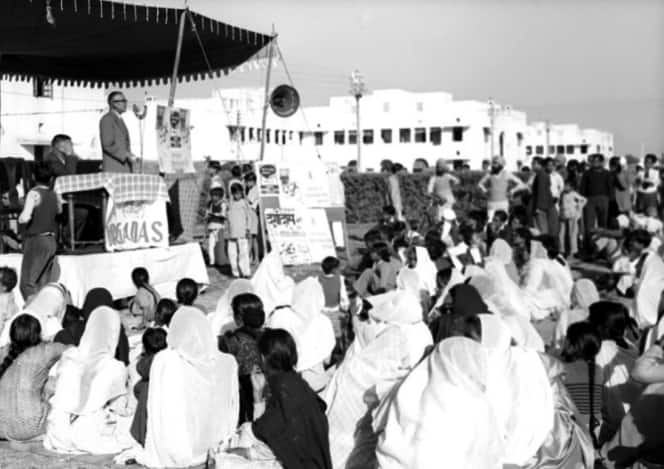
(Image: Photodivision.gov.in/Shared by hauser-quaid on Reddit)
She further says, “It was in the year 1918 that the British government granted limited suffrage to women property holders but this rule didn’t apply to British citizens in other parts of the world despite petitions being filed in various parts of the world. In the year 1919, pleas to grant voting rights to women were presented in front of the joint committee of the House of Lords and Commons. Though they were not granted the voting rights or the right to contest elections, the Government of India Act of 1919 allowed the provincial council to decide whether women could vote provided they met stringent property, income of educational criteria.”
“Between the year 1919 and 1929, all of the British provinces and the princely states granted women the right to vote, and in some cases, allowed them to contest elections at the local level. The first victory in this regard was in Madras, followed by the kingdom of Travancore and the Jhalawar state in 1920. The Madras Presidency and the Bombay Presidency in 1921 and the Rajkot state granted full suffrage in the year 1923, and in that year, elected two women to serve on the legislative council,” continues Tandon.
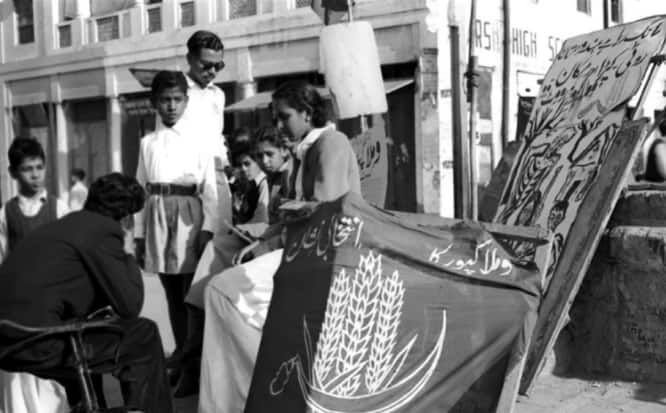
(Image: Photodivision.gov.in/Shared by hauser-quaid on Reddit)
She goes on to explain the role of various committees in arriving at the final conclusion. “In 1927, the Simon Commission was appointed to develop the New India Act, but because the commission had no Indian, nationalists recommended its boycott. The commission still discussed the extending the voting rights. They recommended reducing the voting age to 21, but the woman’s eligibility still depended on their marital status and educational background. It also provided special quota to women’s and ethnic groups. These recommendations were included in the Government of India Act 1935.”
She clears that the women who could vote before 1951 were in really small number. “Though this act extended electoral eligibility, it still allowed only 2.5% of the entire women population of India.”
She adds, “In 1946, when the Constituent Assembly of India was elected, 15 seats went to women and they also helped in drafting the new constitution. In 1947, the parliament agreed in principal about the universal suffrage.”
However, the dynamics have changed now. Dr Sanjay Kumar of CSDS, says, “In the first few decades, women used to vote much less than men and the gap used to be roughly around 14-15%. But slowly the gap started narrowing down and around the ‘90s, the gap remained around 10%. In 2014, the gap was 1.6%. In 2019, men and women hardly had any gap.”
Stay informed on all the latest news, real-time breaking news updates, and follow all the important headlines in india news and world News on Zee News.
Live Tv



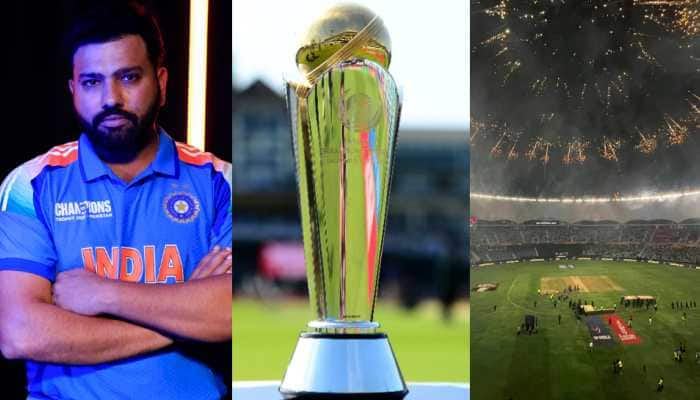

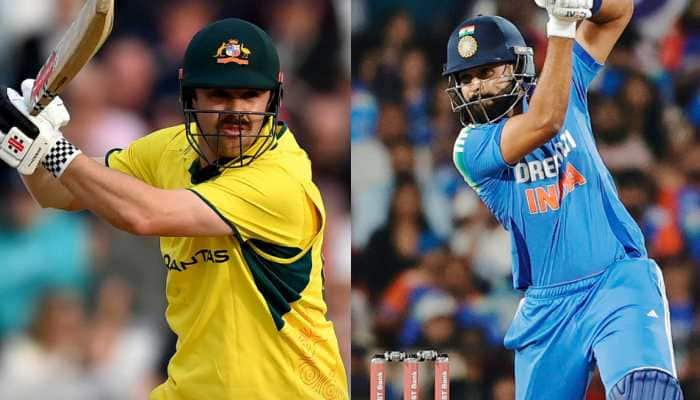
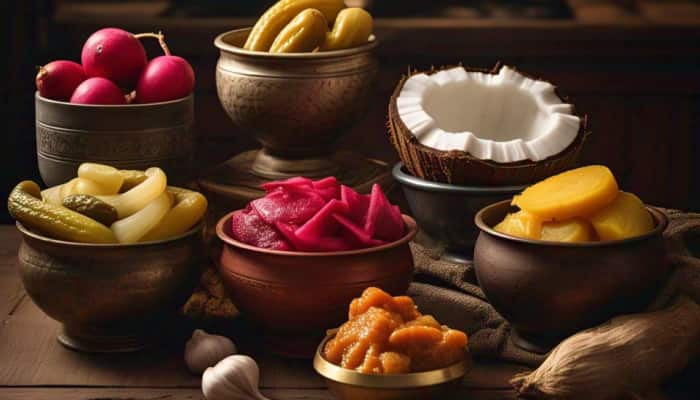

)
)
)
)
)
)
)
)
)
)
